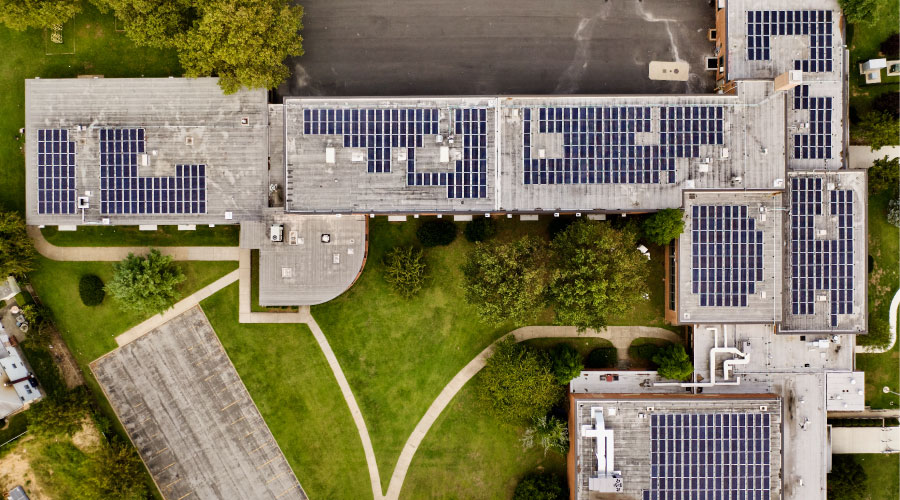A Closer Look at Roof Coatings Benefits
The role of roof coatings in institutional and commercial facilities has expanded in recent years as more maintenance and engineering managers have turned to the products in an effort to protect roofs from the damage caused by the elements, such as ultraviolet radiation. But as financial considerations continue to put pressure on managers, their challenge is to focus on products and technology that deliver the most benefits to the organization for the investment.
By better understanding the potential financial and sustainability benefits of roof coatings, managers can be in a position to make a stronger case for applying roof coatings to their facilities.
An Edge On Energy
The presence of cool roofs on older, poorly insulated buildings can produce tangible benefits, according to one study of New York City buildings. The study found that the application of a white coating to a dark metal roof or a black membrane roof can pay for itself with reduced cooling needs in five years. That said, the actual payback is site specific, due to the variability of conditions and surroundings. In hotter climates, or where air pollution is heavier, more savings are possible.
Rooftop temperatures can have a decided role in a building's cooling needs. On a sunny 90-degree day, temperatures on a black roof can reach 180 degrees as the roof surface absorbs solar energy and converts it to heat. Besides driving up peak cooling loads, this heat can cause uneven thermal expansion of the roof surface, bubbles from expanding water vapor, alligatoring, and cracks. The results include roof component separation and leaks.
Managers have several options to achieve energy savings from lower roof temperatures: roof coatings, roof overlaying, reroofing, roof gardening, and solar panels. The first four solutions reduce indoor temperatures, save energy, and stop leaks, while the fifth solution puts solar heat to work by converting it into electricity to supplement distributed power from the utility. But managers considering the installation of solar panels must be careful to avoid creating leaks that can result from penetrations needed to anchor the solar panels to the roof surface.
Roof coatings are the least costly and easiest tactic. But how can a manager determine which coating is right for the application? A number of organizations, such as the Cool Roof Rating Council (CRRC) and the U.S. Environmental Protection Agency's Energy Star program, rate the effectiveness of coatings. Two factors that they measure using standard testing methods are solar reflectance and thermal emittance.
The lower a coating's solar reflectance index, the hotter the roof coating will get in the sun. The scale is zero to 100 percent, with 100 meaning the coating reflects all the solar energy from the surface. Thermal emittance is a measure of how well a surface radiates energy away from itself compared to surface emittance of a standard black body at the same temperature. The surface of a standard black object emits thermal radiation at a rate of 418 watts per square meter.
Thermal emittance of less than one means the coating tested emits at a lower rate. Acceptable solar reflectance and thermal emittance levels vary depending on several factors, such as surface material and age. Comparison tables are available showing acceptable levels, and CRRC and Energy Star labels identify products that conform to the standards.
Related Topics:














